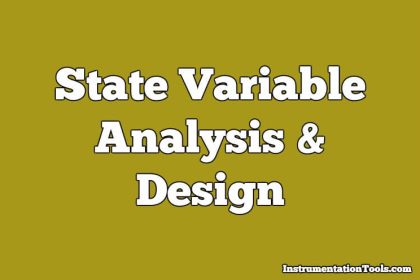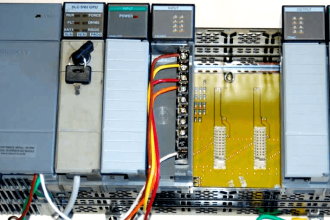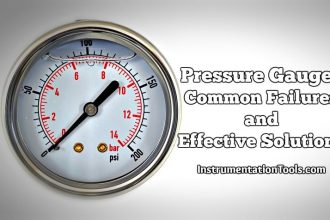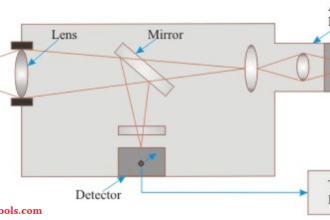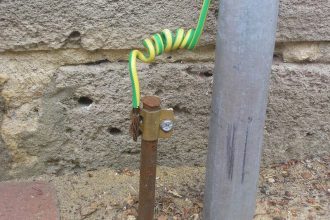X-Ray Diffractometers Questions & Answers
1. X-ray diffractometers are not used to identify the physical properties of which of the following?
a) Metals
b) Liquids
c) Polymeric materials
d) Solids
Answer: b
Explanation: X-ray diffractometers are not used to identify the physical properties of liquids. It is used to identify the physical properties of metals, solids and polymeric materials.
2. X-ray diffractometers provide ____________ information about the compounds present in a solid sample.
a) Quantitative
b) Qualitative
c) Quantitative and qualitative
d) Either quantitative or qualitative
Answer: c
Explanation: X-ray diffractometers provide quantitative and qualitative information about the compounds present in a solid sample.
3. Using powder method of diffractometers, which of the following can be determined?
a) Percentage of K+
b) Percentage of Na+ and Cl-
c) Percentage of KBr and NaCl
d) Percentage of Br-
Answer: c
Explanation: Using powder method of diffractometers, percentage of KBr and NaCl can be determined. Other analytical methods provide only percentage of K+, Na+, Cl- and Br-.
4. In powder method, the powder sample is contained in which of the following?
a) Thin walled glass capillary tubes
b) Thin walled test tube
c) Thin walled curvettes
d) Thin walled flask
Answer: a
Explanation: In powder method, the powder sample is contained in thin walled glass capillary tubes. Thin walled cellophane capillary tubes can also be used.
5. Which of the following is the most common instrument for photographic recording of diffraction patterns?
a) Debye-Scherrer powder camera
b) Gamma camera
c) Geiger tube
d) Scintillation counter
Answer: a
Explanation: Diffracted x-ray beam can be detected photographically or by using scintillation counter or Geiger tube. Debye-Scherrer powder camera is the most common instrument for photographic recording of diffraction patterns.
6. With the help of which of the following equations is the distance calculated from known wavelength of the source and measured angle?
a) Coolidge equation
b) Bragg’s equation
c) Debye equation
d) Scherrer equation
Answer: b
Explanation: The distance is calculated from known wavelength of the source and measured angle using Bragg’ equation. The diffracted angle is calculated by the spacing between a particular set of plane.
7. In Diffractometer, the identification of a component of the sample from its powder diffraction pattern is based upon the _________ of lines and their relative ___________.
a) Number, length
b) Number, intensity
c) Position, length
d) Position, intensity
Answer: d
Explanation: The identification of a component of the from its powder diffraction pattern is based upon the position of lines and their relative intensities. Diffractometers are used for powder diffraction.
8. When certain geometric requirements are met, X-rays scattered from a crystalline solid can constructively interfere with each other and produce diffracted beam.
a) True
b) False
Answer: a
Explanation: When certain geometric requirements are met, X-rays scattered from a crystalline solid can constructively interfere with each other and produce diffracted beam. The relationship among different factors is given by Bragg’s law.
9. Diffractometers are similar to which of the following?
a) Optical grating spectrometer
b) Prism spectrometer
c) Photo multiplier
d) Photovoltaic cell
Answer: a
Explanation: Diffractometers are similar to optical grating spectrometers. The differences are that lenses and mirrors are not used with X-rays.
10. In Diffractometers, line intensities depend on ______ and kind of atomic reflection centres in each set of plates.
a) Number
b) Position
c) Length
d) Distance between lines
Answer: a
Explanation: In Diffractometers, line intensities depend on number and kind of atomic reflection centres in each set of plates. Diffraction is a wave property of electromagnetic radiation.
11. In Diffractometers, the intensities of the diffraction peaks of a given compound in a mixture are proportional to the fraction of the material in the mixture.
a) True
b) False
Answer: a
Explanation: In Diffractometers, the intensities of the diffraction peaks of a given compound in a mixture are proportional to the fraction of the material in the mixture. Hence, they are used in qualitative analysis.
12. In powder diffractometer, the sharpness of the lines is greatly determined by which of the following?
a) Quality of the sample, size of the slit
b) Quality of the slit, size of the sample
c) Thickness of the slit, amount of the sample
d) Number of slits, composition of the sample
Answer: b
Explanation: In powder diffractometer, the sharpness of the lines is greatly determined by the quality of the slit and the size of the sample. The slit should be able to produce a fine beam.




